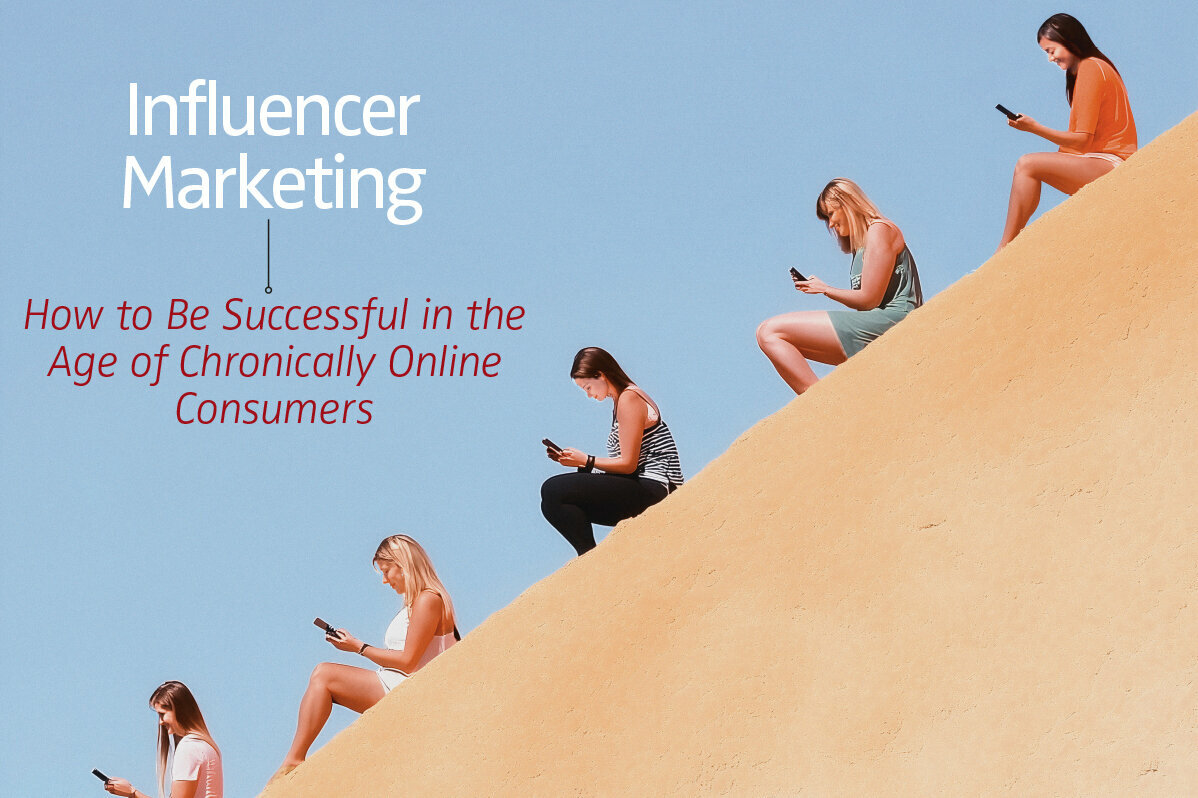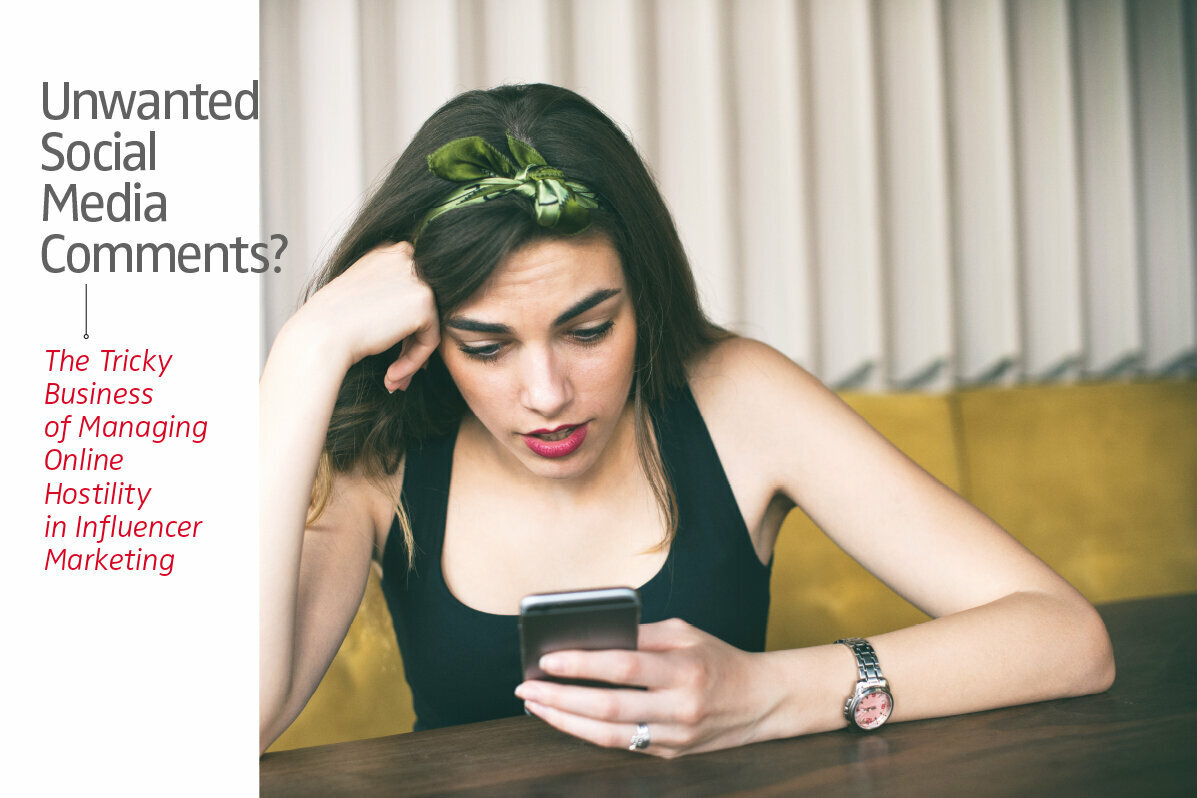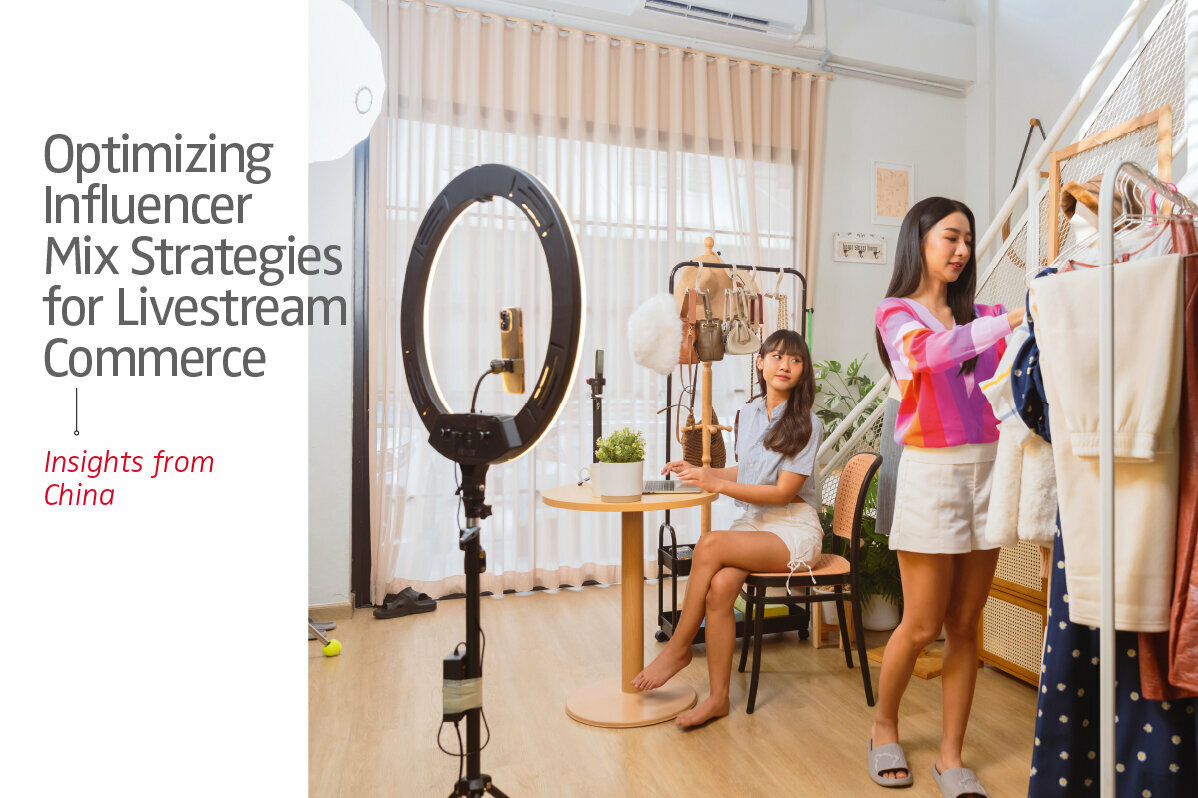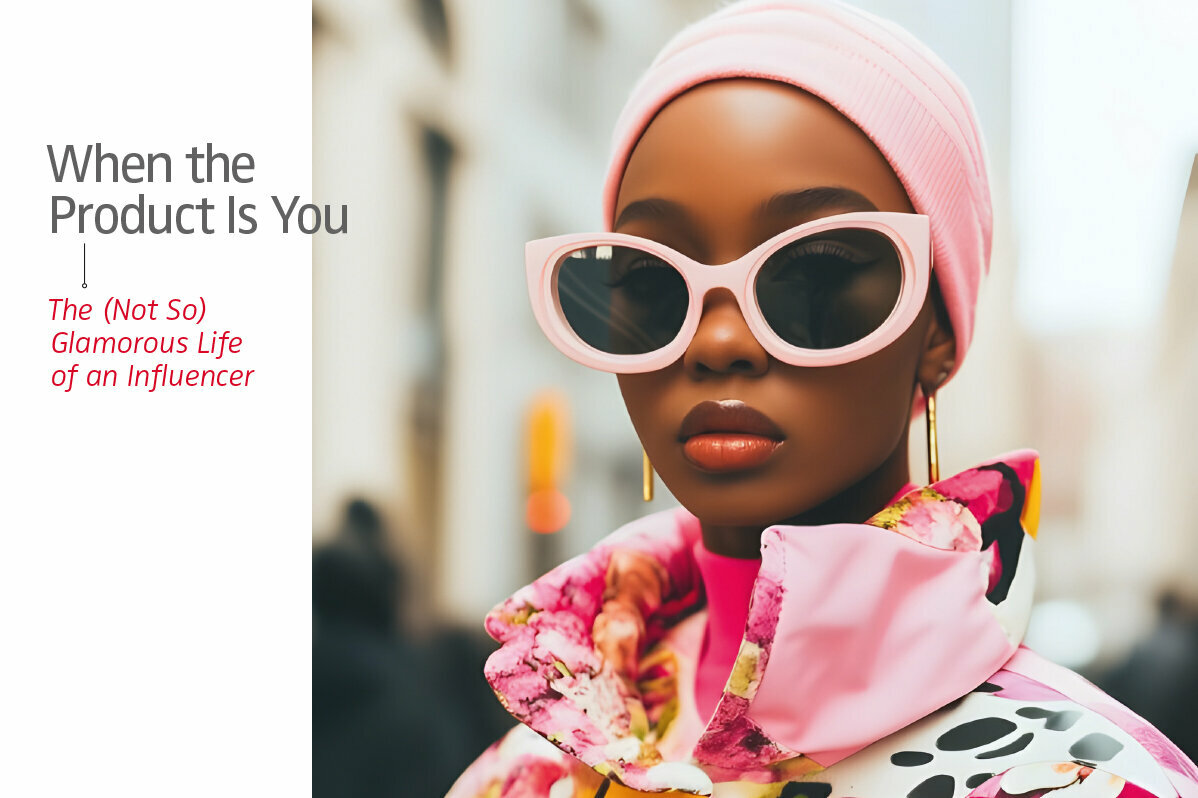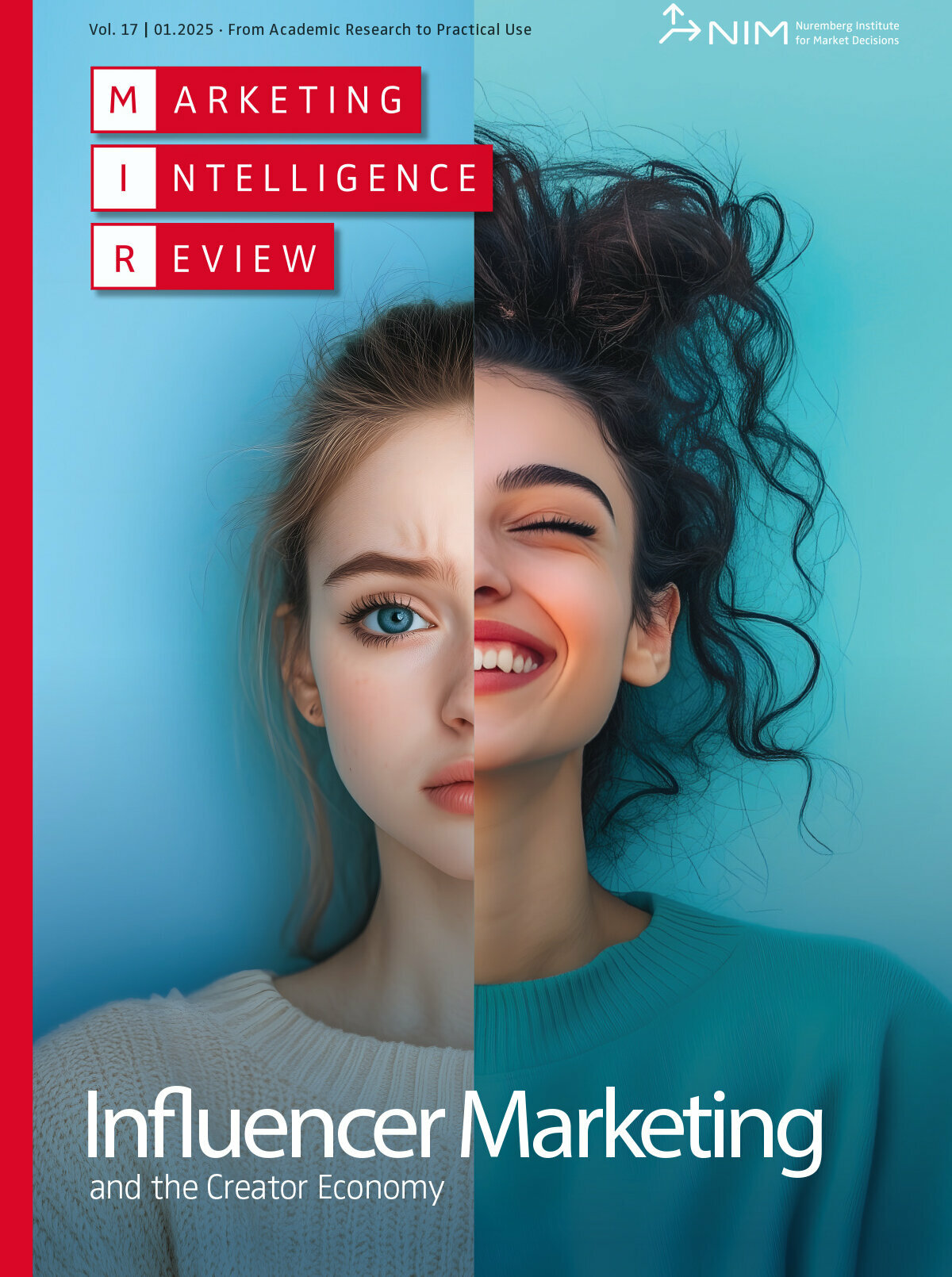The Next Age of Retailing: Learning from Influencers’ Strategies
Influencers are integral to many contemporary purchase decisions, but it is easy to miss how profound their impact on the retail landscape is. Typically, influencers are considered a promotional tool that can help retailers and brands draw attention to their offers, but fact is that influencers have managed to develop effective tactics that not only drive engagement but also enhance customer experiences in ways that traditional retailers often struggle to. This means that they have evolved into important retail actors, essentially challenging the traditional retailer-consumer dynamic: from promotional tools to competitors
One of the most profound shifts is that influencers seamlessly merge marketing, product expertise and consumer engagement into a holistic experience. This is particularly evident in industries such as beauty, fashion and home decor. For example, a beauty influencer doesn’t just tell their followers which skincare products to use; they show them how to incorporate those products into a personalized skincare routine. The influencer explains the benefits of each product, demonstrates how it fits into a daily regimen and offers advice on what to avoid—all while making the content feel accessible and tailored. This level of personalized guidance goes far beyond what is offered by most traditional retailers, who often rely on static product descriptions and generic advice.
If retailers want to compete in this new landscape, they must recognize that influencers are no longer just a promotional tool. Influencers are becoming retail competitors, and in many cases, they are better positioned to connect with consumers.
Influencers are not just changing consumer behavior—they are forcing retailers to rethink their business models.
Where influencers excel and retailers fall short
Influencers outshine traditional retailers in several key areas. Specifically, they excel in inspiring consumers, guiding them through product exploration, supporting decision-making and providing confidence in their purchase decisions (see Figure 1). Retailers, on the other hand, often struggle with these aspects, particularly in online environments where the shopping experience is less personal. Influencers are well positioned for creating personalized, relatable content that simplifies the shopping process while also making it more enjoyable. They are able to outperform retailers by engaging successfully in the following key areas.
> Product visualization, product demonstration and storytelling
One key area in which influencers consistently outperform retailers is product visualization. Influencers don’t just show a product—they place it in a context that makes sense to their followers’ lifestyles. A home decor influencer, for example, might not just showcase a new sofa in isolation but walk their followers through how it fits within the design of an entire room. They talk about complementary textures, color palettes and how the piece adds to the overall mood of the space. This type of content does not just show a product; it tells a story about how the product integrates into real life, resonating with consumers looking for inspiration.
By contrast, many traditional retailers focus solely on the product itself, offering a sterile image with minimal context coupled with factual product information. While this may be informative, it often leaves consumers feeling disconnected. There is little room for the inspiration or emotional connection that influencers create. As a result, consumers frequently turn to influencers to fill this gap, using them as guides to navigate the overwhelming array of products offered by retailers.
> Curated product selections
Another key strength of influencers is their ability to curate. In a world of endless options, consumers often face decision fatigue. Where retailers aim for “end-less” aisles, a fashion influencer, for example, might showcase a carefully curated selection of must-have items for the season, offering just enough choice to feel personalized but not so much that it becomes overwhelming. This approach simplifies the decision-making process, making it easier and more enjoyable for consumers to shop. Influencers show how to style particular pieces for different occasions, how the items fit into a broader wardrobe strategy and even how to feel more confident wearing them. Their focus on lifestyle and personal empowerment resonates far more than a typical product catalog, offering an experience that extends well beyond the transactional nature of retail.
Retailers often struggle in this area, particularly those with large inventories. By offering too many choices without sufficient guidance, retailers can inadvertently overwhelm customers.
> Emotional relationships with audience
What also sets influencers apart is their ability to create an emotional connection with consumers. Unlike traditional retailers, who focus on transactions, influencers focus on relationships. Consumers view influencers as relatable peers, not just salespeople. This relationship is built over time through authenticity, consistent engagement and a genuine interest in their followers’ needs and preferences. Influencers act as trusted curators, helping consumers sort through the noise and focus on a few high-quality, relevant options. Retailers, by contrast, often lack this emotional resonance. While they may excel at offering variety or competitive pricing, retailers struggle to replicate the deep, ongoing relationships that influencers nurture.
> Direct engagement and reassurance
In addition to simplifying the shopping process, influencers also build decision comfort—something that’s harder to achieve for traditional retailers. Influencers provide real-time reassurance to their followers through direct engagement, whether in the form of Q&A sessions, live videos or responses to comments. They answer questions, address concerns and provide personal recommendations, making their audience feel more secure in their purchasing decisions. This kind of one-on-one engagement builds confidence and helps reduce the anxiety that often accompanies online shopping.
Learning from influencers’ strengths
Retailers need to evolve and integrate influencer-like strategies into their own business models to keep pace with this shift. By adopting more personalized, curated and interactive approaches, retailers can provide the guidance and reassurance consumers are looking for. Retailers also need to take a cue from influencers when it comes to agility. Influencers are masters of creating fast, relevant content that speaks directly to their followers’ needs and desires in real-time. They quickly adapt to trends, and their content feels fresh and timely. Retailers, on the other hand, often struggle with creating content that feels personal or immediate. Adopting influencer-like tactics—such as live Q&A sessions, behind-the-scenes content or employee-generated content—could help retailers foster the kind of personal engagement that consumers increasingly expect. Figure 2 suggests influencer strategies that should be considered by retailers in an increasingly influencer-populated retail environment.
Adapting retail models: Influencers as catalysts for business model innovation
Perhaps the most significant insight from our research is that influencers are not just changing consumer behavior—they are forcing retailers to rethink their business models. Influencers operate with a different set of priorities: They build communities, foster trust and offer tailored experiences that reflect their followers’ lifestyles and values. Retailers, on the other hand, often rely on scale and efficiency, offering wide assortments but with little personalization or emotional connection.
Consider the growing trend of influencers developing and selling their own product lines. Fitness influencers, for instance, frequently collaborate with brands or launch their own workout apparel lines, designed specifically for their followers’ preferences. This kind of product development reflects the influencer’s deep understanding of their audience, ensuring that the product aligns with the needs and values of their community. Traditional retailers, by contrast, often develop products in isolation, relying on broader market trends rather than a direct, intimate knowledge of their customers’ preferences.
The way influencers integrate their personal brand with their product offerings creates a powerful combination of trust, authenticity and relevance. Retailers can adapt by embracing a more community-driven approach, where they focus less on mass-market appeal and more on building deeper connections with specific customer segments. This might involve collaborating with influencers to co-create exclusive collections, as we’ve seen in the fashion industry.
Furthermore, influencers have set new expectations for what a shopping experience should feel like. Their content-driven approach is immersive, dynamic and highly personalized—attributes that modern consumers increasingly demand. Retailers could benefit from replicating this by offering experiences that extend beyond the transaction. For instance, a retailer like Sephora could expand its influencer partnerships by offering virtual consultations or live-streamed tutorials with influencers who are experts in beauty. These kinds of experiences not only drive sales but also build a sense of community and loyalty that traditional retail experiences often lack.
The way influencers integrate their personal brand with their product offerings creates a powerful combination of trust, authenticity and relevance.
From promotion to competition to cooperation
Ultimately, we believe that the future of retail lies in a hybrid model, where traditional retailers and influencers collaborate more closely to offer curated, experience-driven shopping. Retailers that fail to adapt to these shifting consumer expectations risk losing relevance as more consumers turn to influencers not just for inspiration but for purchasing decisions. In this new retail landscape, the key is not just to compete with influencers but to learn from them. Retailers that embrace a more personalized, community-driven and experience-rich approach will be better positioned to thrive in an increasingly influencer-driven market.
FURTHER READINGS
Campbell, C., & Farrell, J. R. (2020). More than meets the eye: The functional components underlying influencer marketing. Business Horizons, 63(4), 469–479. https://doi.org/10.1016/j.bushor.2020.03.003
Rosengren, S., Campbell, C., & Farrell, J. R. (2024). Tricks of the trade: Understanding and utilizing influencer tactics to improve retailer performance. Journal of Retailing and Consumer Services, 79, 103857. https://doi.org/10.1016/j.jretconser.2024.103857



